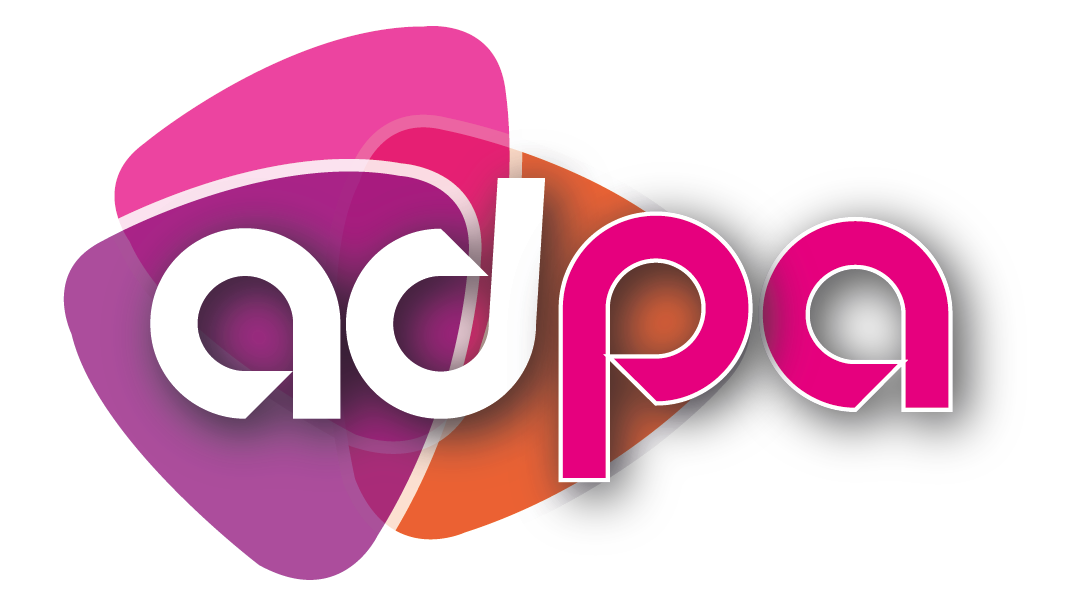Virtual assistants are a cost-effective and efficient resource for businesses looking to maximise performance and optimise their workflow. VA’s can help free up time and resources that are better spent elsewhere in the organisation, making it easier to achieve desired results and reach business goals. To maximise the benefits of virtual assistance, businesses should set clear expectations for their virtual assistants, set achievable timelines for tasks, and provide feedback on completed projects. By implementing these measures, a business can ensure that their virtual assistant is helping them achieve maximum performance and realize their goals.
1. Identify Specific Tasks to Outsource
The key to optimising business performance through virtual assistance is to first identify what tasks can be delegated. Clearly define which tasks will be handled in-house and which will be handled through an external virtual assistant.This will enable you to choose the most suitable virtual assistant and services for your needs. With this in mind, you can then select the right virtual assistant to meet your business needs, and you can begin to reap the rewards of the assistance.
2. Leveraging Technology
Virtual Assistants allow businesses to streamline their operations and benefit from the latest technology. By utilising VA technology, companies can automate mundane routine tasks, freeing up their employees for more important tasks. VA technology is also used to create and manage systems, handle data entry and analysis, generate reports, and manage online services and databases. This helps companies to have the ability to focus on more valuable activities rather than taking up valuable time and resources on handling tasks that can be handled by a VA.
3. Set Clear Expectations
Once you have identified the tasks that you can outsource, it is important to set clear expectations for the virtual assistant. This should include setting deadlines, providing specific instructions, and establishing any other guidelines you would like the virtual assistant to follow. This will ensure that the job is done correctly and in a timely manner.
4. Monitor Performance
One of the key advantages of using a virtual assistant (VA) in your business is the ability to monitor performance more effectively. With traditional employees, it can be challenging to track their productivity and assess their performance accurately. However, with a VA, you can easily measure their output by setting clear goals and objectives. By utilising project management tools and task tracking software, you can monitor how efficiently the VA is completing tasks, enabling you to make data-driven decisions about their performance.
5. Rely on Quality Rather Than Quantity
While it is important to set timelines and goals, it is also important to remember that the emphasis should be placed on quality rather than quantity. Quality work will have a greater impact on the overall performance of the business.
6. Provide Adequate Training and Support
It is essential to provide adequate training and support to virtual assistants to ensure that they can perform their tasks to the best of their ability. Investing in training materials and providing feedback can help to maximise the performance of virtual assistants.
Conclusion
Virtual assistants are becoming increasingly advantageous for businesses wanting to optimise their productivity and cost-effectiveness. Technology has advanced to the point where virtual assistants can execute a broad range of responsibilities with an impressive level of versatility. With the potential to save cost, offer customers better service and allow businesses to prioritise their primary goals, outsourcing tasks to virtual assistants is a sound strategy to pursue. Companies of all sizes can leverage this powerful asset to cultivate greater efficiency and success. Take the initiative today and build a virtual assistant into your business.
